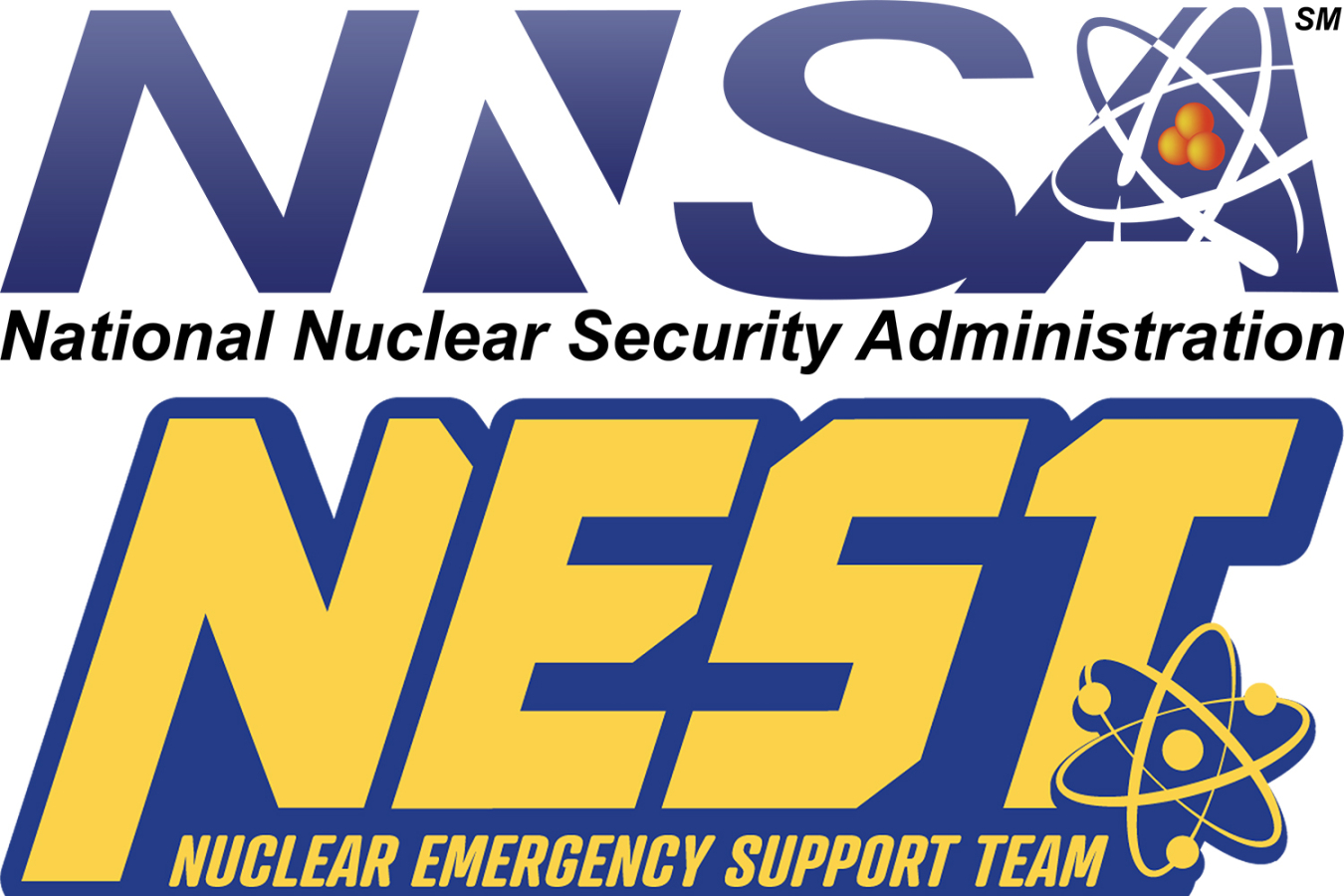More than 30 local, state, and federal agencies will hold a major radiological incident exercise in Austin, Texas, during the week of May 16-20. The Cobalt Magnet 22 exercise will be led by NNSA.
National Nuclear Security Administration
May 12, 2022
Cobalt Magnet exercise will bring numerous agencies together to ensure preparedness
WASHINGTON – More than 30 local, state, and federal agencies will hold a major radiological incident exercise in Austin, Texas, during the week of May 16-20. The Cobalt Magnet 22 exercise, which is led by the U.S. Department of Energy’s National Nuclear Security Administration, brings numerous agencies together to ensure preparedness against radiological threats.
Cobalt Magnet 22 is the culmination of 18 months of planning by local, state, and federal responders. Taking place at various locations around the city, the exercise will simulate a radiological attack, enabling response personnel to practice protecting public health and safety, providing emergency relief to affected populations, and restoring essential services.
During the week, members of the public may see field teams in protective clothing using radiological monitoring and detection equipment, low-flying aircraft conducting data-gathering overflights, and groups of first responders and others staged at various locations. The exercise is part of a regular program of training, exercises and planning by which NNSA and federal, state and local partners prepare to protect public health and safety.
“The men and women of the Nuclear Emergency Support Team – or NEST – are trained to provide decision-makers with timely, actionable scientific advice during fearful events,” said Jay Tilden, DOE’s Deputy Under Secretary for Counterterrorism and Counterproliferation. “Saving lives and reducing the impact of a nuclear incident requires a full understanding of what happened, who will be affected, and what the optimal response should be. NEST’s bread and butter is providing that information to local, state, and federal leaders as rapidly as possible.”
NEST is NNSA’s multi-mission nuclear emergency response capability, providing highly trained and equipped scientists and technical experts to contend with any conceivable nuclear or radiological challenge. During Cobalt Magnet, NEST will provide radiological monitoring and assessment assistance to state and local leaders to make informed public health and safety decisions. NEST will also work with local, state, and federal law enforcement to conduct radiological search operations and identify potential threat devices.

